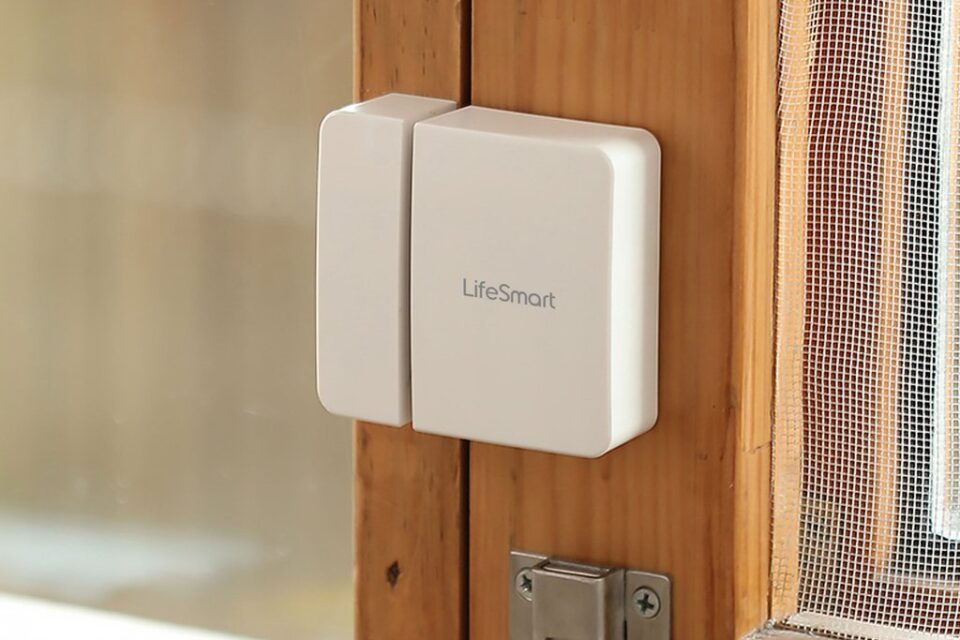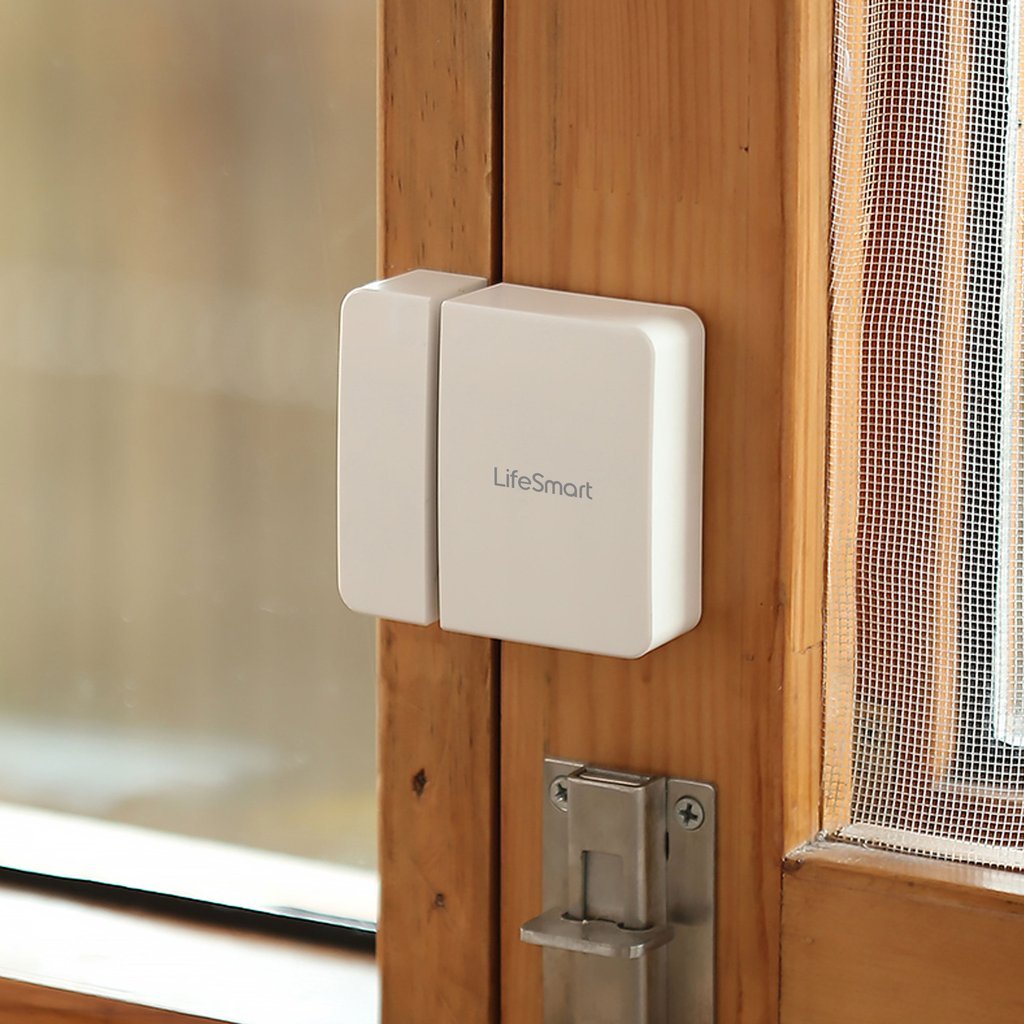Which Sensor Is Used in Smart Lock?

Smart locks, a modern marvel of security and convenience, rely on a variety of sensors to safeguard your space. Have you ever wondered which sensor stands at the forefront of these intelligent devices? The answer might surprise you. Stay tuned to uncover the intricate workings behind the sensor that plays a pivotal role in the realm of smart locks. Read Digital Door Lock in Hyderabad, Gurgaon & Delhi
Fingerprint Sensors
- Fingerprint sensors are biometric devices that authenticate identity based on unique patterns in an individual’s fingerprints. These sensors are integral to smart locks, offering high levels of security through fingerprint recognition technology. The fingerprint recognition process begins by scanning the ridges and valleys of a finger, converting this information into a digital template. This template is then compared to the stored templates in the system for authentication.
- One of the key security features of fingerprint sensors is their ability to accurately distinguish between individual fingerprints, making them highly secure for locking mechanisms. Additionally, these sensors are designed to be tamper-resistant, ensuring that unauthorized access attempts are easily detected. The data stored within the sensor is encrypted to prevent any breaches or hacking attempts. Overall, fingerprint sensors provide a convenient and secure way to access smart locks, offering users peace of mind knowing that their belongings are protected by advanced biometric technology.
Proximity Sensors
- A crucial component of smart lock systems is the deployment of proximity sensors to enhance security and user convenience. Proximity sensors are fundamental in smart locks as they detect the presence of nearby objects without physical contact. When integrated into smart lock mechanisms, these sensors enable seamless door access control by sensing authorized users’ proximity and triggering the unlocking mechanism accordingly.
- Proximity sensors work by emitting electromagnetic fields or infrared radiation and detecting changes in the field’s characteristics when an object, such as a user’s hand or smartphone, comes within a specified range. This technology allows for swift and secure authentication processes, adding an extra layer of security to the overall system.

Which Sensor Is Used in Smart Lock?
Keypad Sensors
- In smart lock systems, Keypad Sensors play a critical role in providing secure access control through user input authentication. Keypad Sensors are essential components that allow users to enter a unique code or password for gaining access to a secured area. These sensors are equipped with advanced security features to ensure that only authorized individuals can unlock the smart lock.
- The password protection feature of Keypad Sensors allows users to set up personalized access codes, adding an extra layer of security to the smart lock system. This feature ensures that only individuals with the correct code can enter the premises, enhancing the overall security of the property.
- Moreover, Keypad Sensors are designed to withstand various environmental conditions, making them suitable for both indoor and outdoor installations. These sensors are built to be durable and reliable, providing consistent performance even in challenging situations.
Motion Sensors
- With the foundation of secure access control established by Keypad Sensors, the integration of Motion Sensors further enhances the smart lock system’s functionality by detecting movement in the surrounding area. Motion Sensors play a vital role in smart locks by providing advanced security monitoring and intrusion detection capabilities.
- These sensors work by detecting changes in the infrared radiation within their field of view. When motion is detected, it triggers the smart lock system to respond accordingly, such as activating an alarm or sending a notification to the homeowner’s smartphone.
- In terms of intrusion detection, Motion Sensors are crucial components as they can distinguish between authorized individuals and potential intruders. By monitoring movement, these sensors can alert users to any unauthorized access attempts in real-time.
- When integrated with the smart lock system, Motion Sensors provide an added layer of security, enhancing the overall protection of the premises. Additionally, Motion Sensors contribute to energy efficiency by ensuring that lights or other devices are only activated when motion is detected, helping to conserve energy and reduce utility costs.
Biometric Sensors
- Utilizing advanced biometric technology, the Biometric Sensors employed in smart locks provide unparalleled security through unique human characteristics authentication. Facial recognition technology is a cutting-edge feature that some smart locks utilize for access control. This technology maps and analyzes facial features, such as the distance between eyes, nose, and mouth, to create a biometric template for each user. When a user approaches the smart lock, the facial recognition sensor captures their face, compares it to the stored templates, and grants access if a match is found.
- Another biometric sensor gaining popularity in smart locks is iris scanners. Iris recognition is a highly secure method that uses the unique patterns in the iris of the eye to verify a person’s identity. Iris scanners in smart locks emit infrared light to capture high-resolution images of the iris, which are then compared to the stored data for authentication. This precise and reliable biometric technology adds an extra layer of security to smart locks, making them more resistant to unauthorized access.
Conclusion
In conclusion, the sensor used in smart locks varies depending on the specific model and features. Fingerprint sensors offer a high level of security, while proximity sensors allow for convenient access. Keypad sensors provide a combination of security and convenience, while motion sensors can detect unauthorized entry.
Biometric sensors offer advanced security features for enhanced protection. Each sensor plays a crucial role in ensuring the safety and functionality of smart lock systems. Therefore, understanding the different types of sensors and their capabilities is essential in choosing the right smart lock for specific security needs.